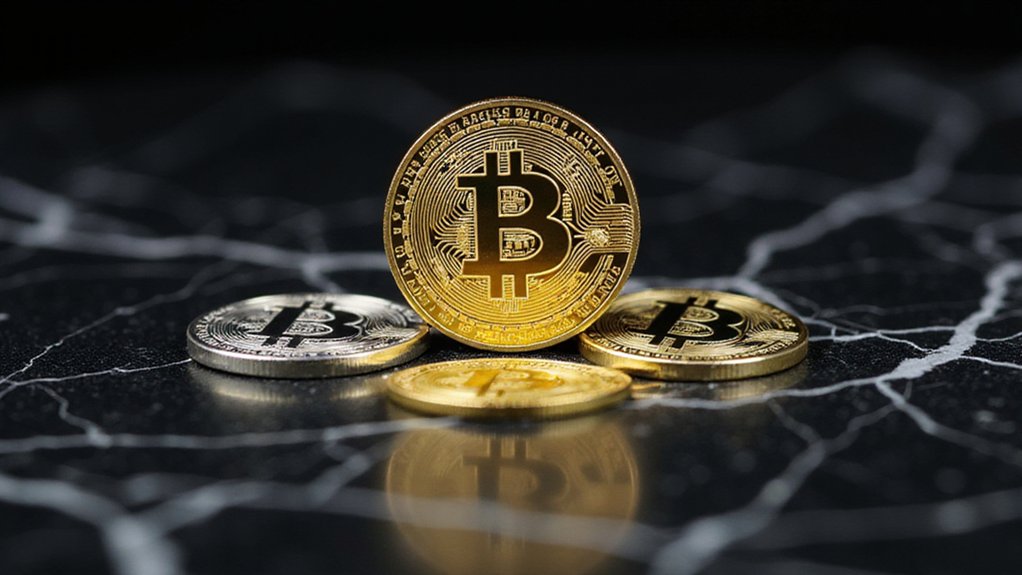While the financial world has grown accustomed to watching technology companies muscle their way into the S&P 500’s hallowed halls, Block Inc.’s official entry on July 23, 2025, carries particular significance—not merely because Jack Dorsey’s fintech venture displaced the decidedly old-economy Hess Corporation (courtesy of Chevron’s acquisition appetite), but because it represents Wall Street’s grudging acknowledgment that digital payments infrastructure has evolved from Silicon Valley novelty to essential financial plumbing.
Wall Street’s grudging acknowledgment that digital payments infrastructure has evolved from Silicon Valley novelty to essential financial plumbing.
The mechanics of Block’s inclusion triggered the familiar institutional stampede: passive funds scrambled to purchase approximately 101 million shares worth $3.5 billion, while JPMorgan projected net demand of 54.2 million shares amid the rebalancing chaos. Trading volume surged to an estimated 759% of Block’s average daily activity—the kind of frenzied buying that typically generates 1-5% price bumps, though pre-index trading had already climbed 7.3%. Investors should brace for elevated volatility as index funds execute their massive rebalancing requirements around the inclusion date.
What distinguishes Block’s ascension from routine tech inclusions is the company’s brazen commitment to cryptocurrency integration, holding over $1 billion in Bitcoin assets while positioning itself at the convergence of traditional finance and blockchain innovation. This represents more than corporate treasury diversification; it signals institutional validation of crypto’s mainstream financial role. The regulatory landscape continues evolving as governments attempt to impose traditional oversight on decentralized digital assets, creating both opportunities and compliance challenges for companies like Block.
JPMorgan responded predictably, raising Block’s price target from $60 to $90—a five-times next twelve-month gross profit multiple that, while generous, remains conservative compared to fintech peers commanding 7-9 times multiples. The revision reflects growing recognition that Block’s business model transcends payment processing, encompassing the broader digital finance ecosystem that increasingly defines modern commerce.
The symbolic weight of Block replacing an energy company cannot be overstated. Where Hess extracted hydrocarbons, Block extracts value from digital transactions—a shift that mirrors the broader economic change toward intangible assets and network effects. The S&P 500’s embrace of Block effectively acknowledges that fintech companies represent core financial infrastructure rather than speculative technology plays. S&P Dow Jones Indices has been defining market measurement since Charles Dow invented the first index in 1884, making Block’s inclusion part of a long tradition of market evolution.
Beyond the immediate institutional buying spree and analyst upgrades, Block’s inclusion expands its exposure to index-tracking funds and ETFs, creating sustained demand independent of operational performance. However, long-term success ultimately depends on execution—whether Block can justify its newfound institutional credibility through continued innovation in payments, commerce, and cryptocurrency adoption.









